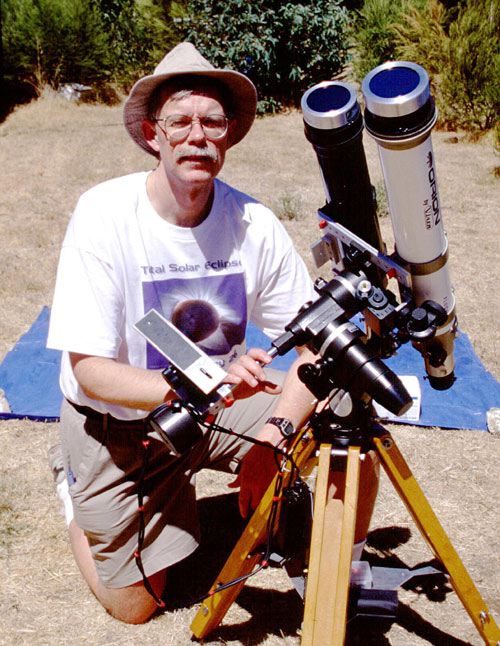Key Takeaways:
Xing Li and Jeff Smith of Aberystwyth University in the United Kingdom discovered the features using the Atmospheric Imaging Assembly (AIA) telescope on board the Solar Dynamics Observatory (SDO) satellite.
Prominences are relatively cold gaseous features, with temperatures around 9,000° Fahrenheit (5,000° Celsius) compared to the surrounding hot solar atmosphere of about 1.8–3.6 million degrees F (1–2 million degrees C). They can be seen as towering features extending outward from the Sun’s surface, often in the shape of a loop. They are called filaments when viewed against the solar disk, appearing as dark stripes because the cold gases they contain absorb the light emitted from below. Solar prominences and filaments supply most of the material released in coronal mass ejections, vast eruptions from the Sun’s atmosphere that can cause space weather and create geomagnetic storms on Earth.
Rotating disks in solar prominences were first observed decades ago, using ground-based telescopes, and have puzzled solar physicists since. The new SDO observations of a rotating disk reveal that the feature covers a temperature range from a few thousand to a million degrees Celsius. Li and Smith believe that the rotation is caused by turbulence produced at the interface of two gases of enormously different temperatures.
“We think the rotation is produced when hot gases enter a cold medium in an organized fashion. The magnetic field serves as a thermal barrier between the two media. The resulting rotation can last hours,” said Li.
The persistent horizontal motion of feathery streamers from a solar prominence was observed by SDO over a period of more than 15 hours. Li and Smith believe that the likely cause is a large-scale slow restructuring of the magnetic field through a process called magnetic reconnection.
In a further observation, lasting around three hours, a jet of super-heated gases as hot as 2.7–3.6 million degrees F (1.5–2 million degrees C) was sucked from the coronal cavity surrounding a prominence and spiraled up along a helical path to strike the top of prominence 30,000 miles (50,000km) high.
“The feat of the jet hitting the top of the prominence, and the distances involved, is comparable to a ballistic missile hitting a satellite in geostationary orbit!” said Li.
Finally, the SDO imagery showed counter-streaming flows at more than a million kilometers per hour along a filament channel consisting of many very thin threads.
“These fabulous motions suggest more complex magnetic structures of filaments/prominences than scientists previously thought,” said Li.
“These events are beautiful to observe and also set a fascinating challenge to get to the bottom of the physics involved,” said Smith.










